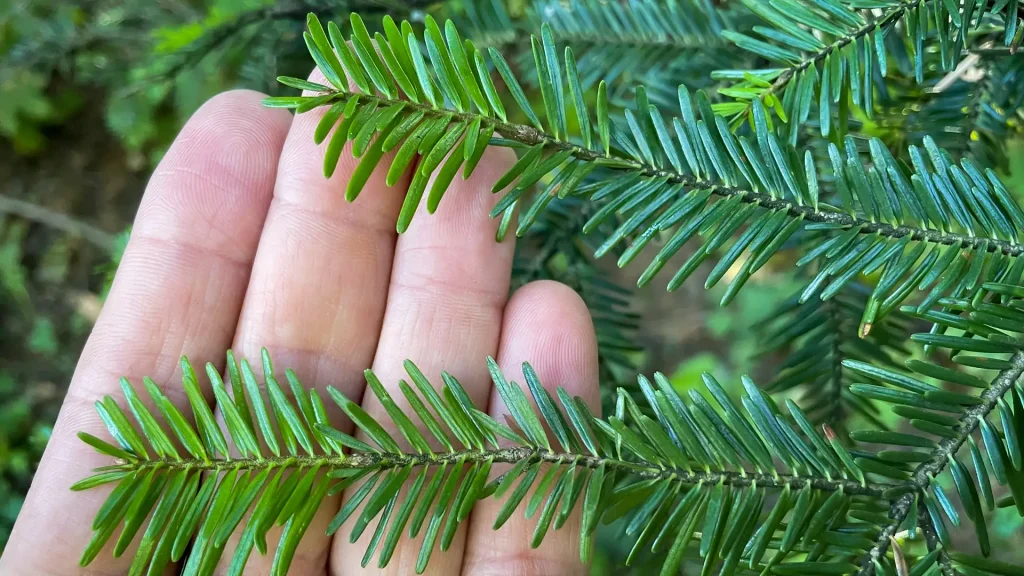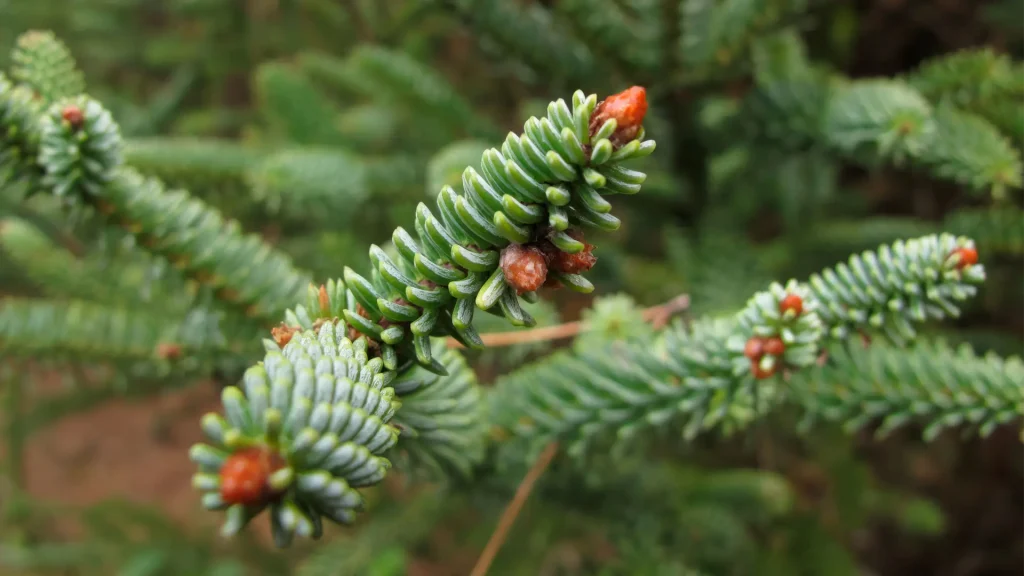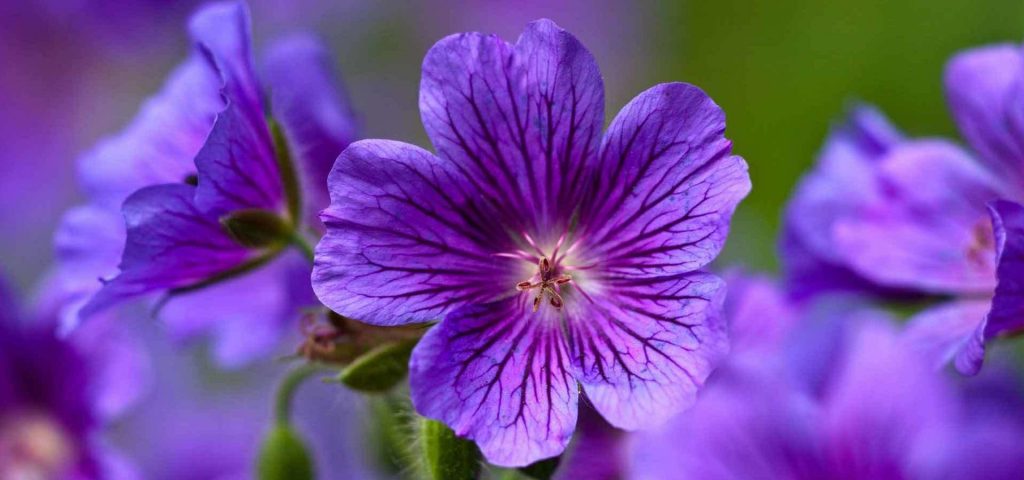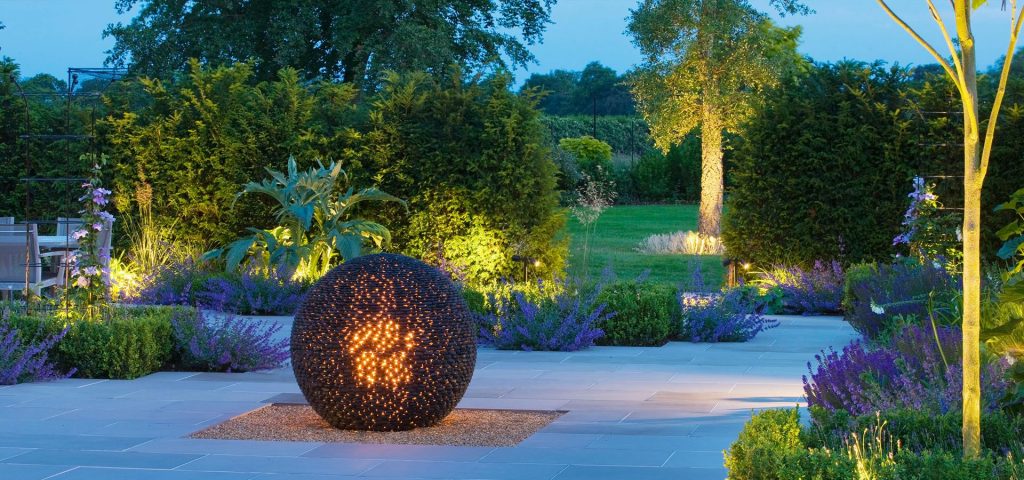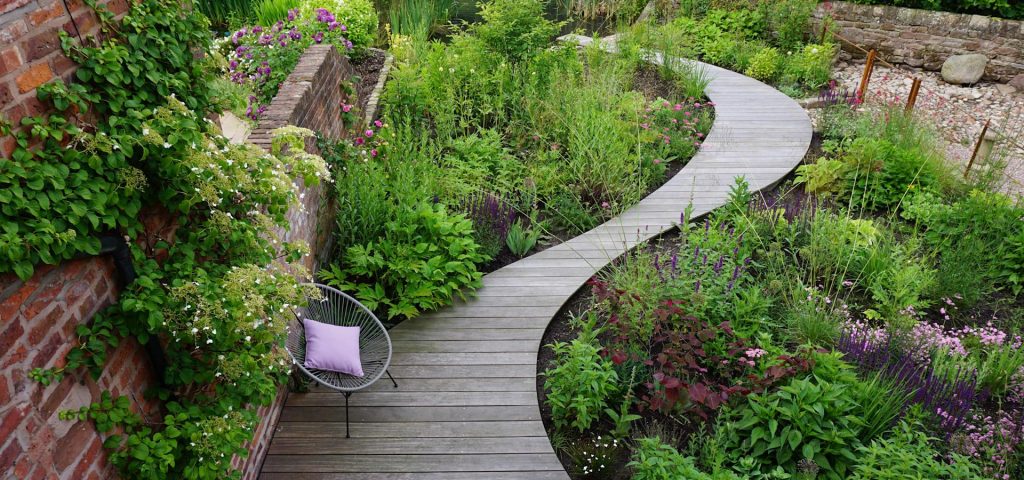The way we design is fundamental. And, frankly, it’s not easy.
The gardening model is changing. The most environmentally aware landscape designers, gardeners, and growers are trying to navigate a ship anchored with a chain three times its size. They sail without an engine, competing with speedboats, enduring storms and rough seas. We’re the last ones to arrive on a construction site.
Often, we’re not even considered. Sometimes I wonder if it wouldn’t be easier for them to just paint a wall green — there are plenty of RAL codes to choose from… We’re not interior decorators selecting luxurious fabrics — we work with living plants. Sometimes, very expensive ones. They need to be kept alive. And when there’s no money, we end up using more fragile plants that demand proper care in the early years. No matter how much I preach it, I rarely manage to get clients to train their patience.
The success of a garden depends on a good idea, a solid project, and smart plant selection — which requires a good project. Not just a spectacular design of pergolas, benches, lighting, and funky asymmetrical paving with green areas that are impossible to irrigate or maintain. Nor planting lush vegetation expected to survive in impossible conditions — tada! Error.
You must make mistakes to learn, and I’ve learned that forcing something to grow where it doesn’t want to is a colossal waste of energy. But sometimes, just to avoid a fight…
A garden or a park — in our minds — is a place with trees and plants. But trees take years to grow. That’s just how it is.
It’s not a mausoleum of neatly arranged lampposts and benches — though sometimes that’s what landscape architects end up designing too. We come with fantastic ideas only to face a million constraints: infrastructure, regulations, and — in my opinion — overhyped risks. And there’s often a lack of professional rigor in finding solutions that wouldn’t harm a tile — the real thing they seem to protect as if it belonged in a glass case…
(But hey, I need to channel my frustration and sarcasm somewhere — after all, I’m the one who’s supposed to fix it all with a little plant…).

